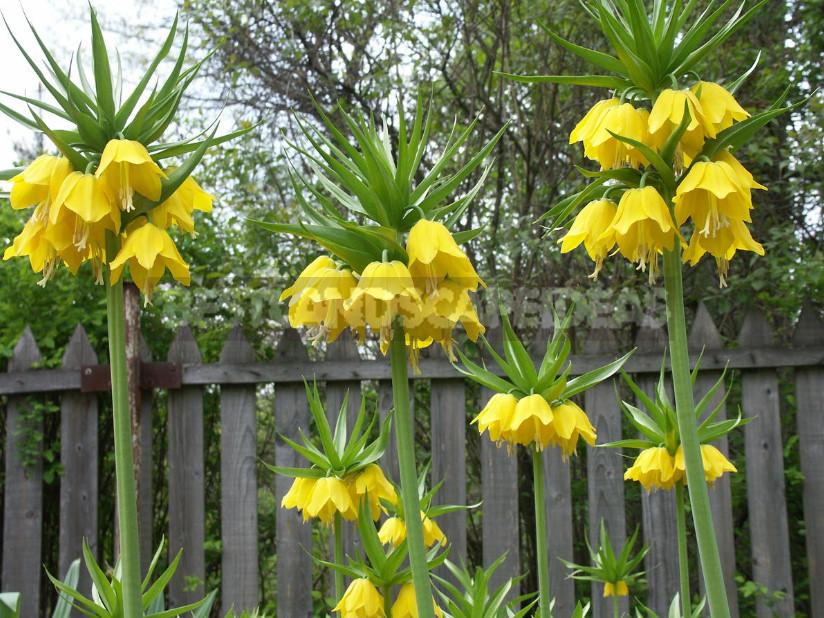
Among the first spring flowers stand alone species of the genus Fritillaria. Although they are known in the culture since the XVI century, but has not received such wide circulation, like tulips or daffodils.
Only the “advanced” gardeners have some types, and even then the most common and unpretentious. But the situation, fortunately, is changing. Every year on the market there are all new types entered into culture and the gardener now not that. Give him all sorts of frills, tricky, and preferably exclusive. That’s where,as a rule, and pay attention to Fritillaria.

According to various estimates, botanists know up to 180 species of Fritillaria, and still describe new species and forms, especially from China. All of them are bulbous, all perennial and only spring. The flowers are quite large, peculiar, reminiscent of bells. Some are similar to lilies or tulips, which are closely related.
Fritillaria variety: common species and varieties
Fritillaria can be divided into two groups. The first grow in a humid environment, in river valleys, among bushes, in the forest. These are F. meleagris, F. ruthenica, F. ussuriensis, F. verticillata, F. meleagroides, F. montana, F. cirrhosa and others.
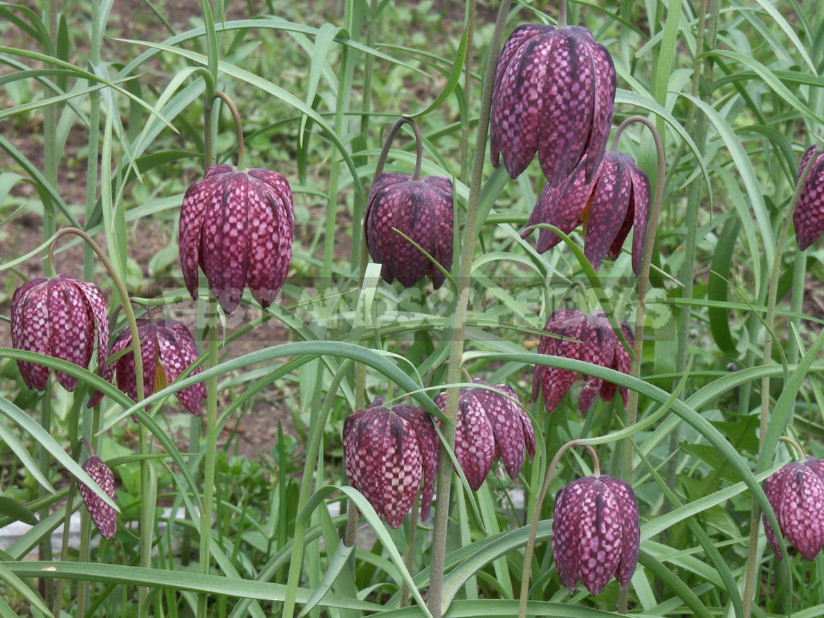
They have a fairly high and thin stem (40-80 cm), grow well in partial shade, some species have antennae, which cling to the branches of the Bush. The climate of the middle zone with wet summer is quite suitable for them.
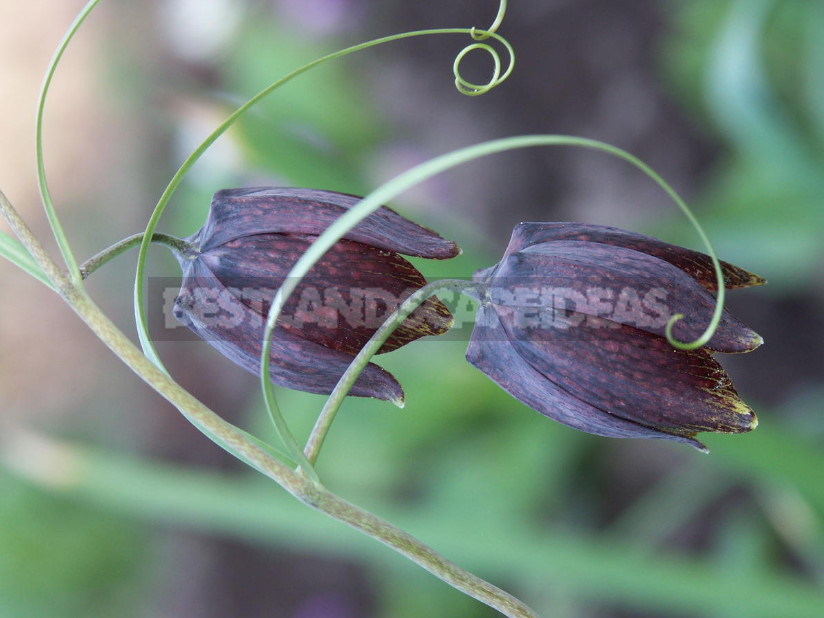
Another group – a plant dry and hot areas of southern Europe and Asia. The most famous and spectacular – F. imperialis— in the culture came from the Ottoman Empire. The most common two varieties: ‘Aurora’ and ‘Lutea’ — with orange and yellow flowers, collected in the crown. Similar to lilies, up to 120 cm tall, they look very impressive in the first half of may. And the class ‘Argenteovariegata’ and ‘Aureomarginata’ are white – and yellow-banded leaves.

Among Fritillaria there are many small species, only 10-20 cm high, ideal for rock garden, especially since the birthplace of many of them, just the Alpine zone of the mountains. The most common color of flowers – purple and Burgundy, often with a checkerboard pattern, as in F. latifolia, F. orientalis, F. grandiflora, F. zagrica.
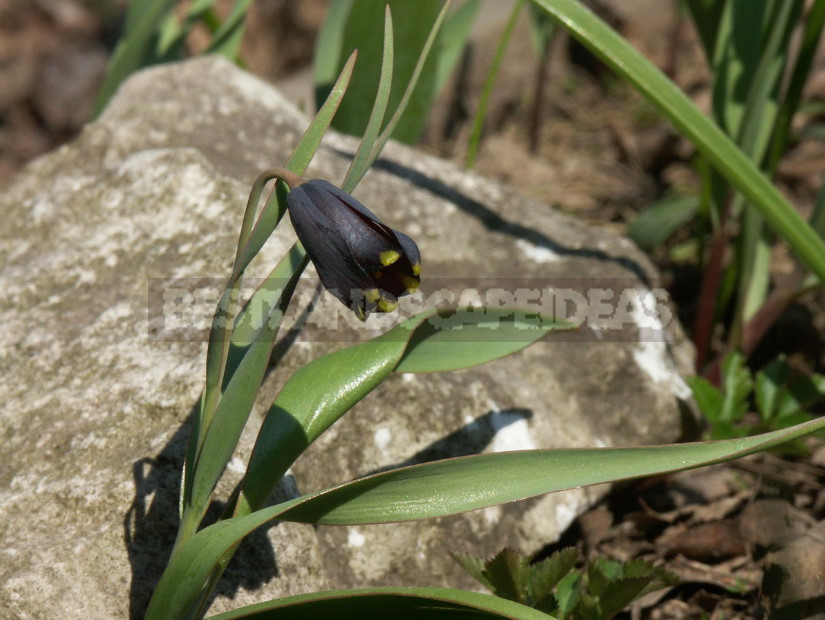
Sometimes the flowers are covered with a waxy coating, and it seems silver – these are F. Armenia, F. Caucasus. There are species with yellow speckled flowers — F. lutea and F. aurea — and very miniature, with rare among Fritillaria pink color – F. alburiana. Multicolored – F. michailovskyi, F. crassifolia.

A special charm, I think, are species with delicate cream and green tones – F. olgae, F. acmopetala, F. pontica. In wet places in the far East grows F. kamtschatcensis with almost black flowers.

From Central Asia occur Fritillaria bucarica and Fritillaria stenanthera, isolated in a separate genus Rhinopetalum stenantherum, Rh. bucharicum.

Often on sale F. persica – a very spectacular tall plant with numerous (up to 50) flowers of Burgundy-brown or pure white (variety ‘Aivory Bells’). His homeland of Iran, and in our conditions, it blooms only in the first year after planting, and then, though not die, but cease to bloom.

The most unpretentious and easy to breed – F. uva-vulpis and F. hermonis ssp.amana. In almost any book on gardening you can find F. meleagris — a species native to Europe, long introduced to the culture. It grows and reproduces very well, it is known from a dozen of its varieties, but on sale, in addition to the usual colors, there are only white forms of ‘Alba’ and ‘Aphrodite’.

Features of cultivation, reproduction and placement in a garden
Since all species of Fritillaria in our climate bloom from late April to late may, they have one drawback – after flowering is empty space. But this is fixable, if not to plant their beds, and interspersed with other plants.
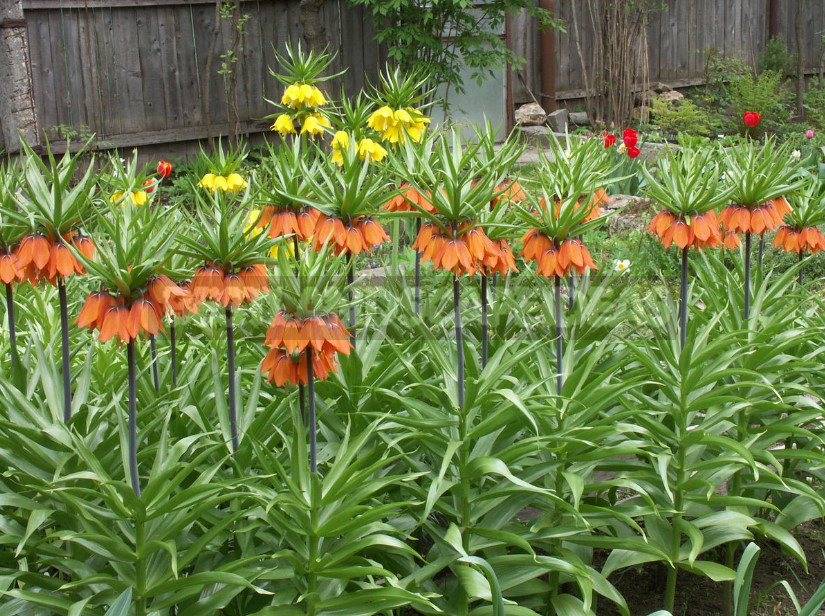
In fritillaries, home to areas with arid summer, it is necessary to dig up the bulbs after drying the stem and planted again in late August. Otherwise, they stop blooming, shrinking and can rot. “Mustachioed” Fritillaria, Caucasian and Chinese species can not dig up for several years.
Some species are easily propagated by bulbs, but the majority, especially not introduced in the culture, just seeds. Seed reproduction is always preferable, although waiting until flowering 3-5 years, but the seedlings are more adapted to our climate.
All kinds of Fritillaria, even those who need moisture, need well-drained soil, can not tolerate stagnation of water. It is very convenient to plant bulbs in containers, especially trifle. Under the containers fit any plastic containers, cups, with made drainage holes and dug into the ground. When the time comes to dig, you just need to remove the container from the ground, put it in a dry place and at the end of the summer to bury it back.
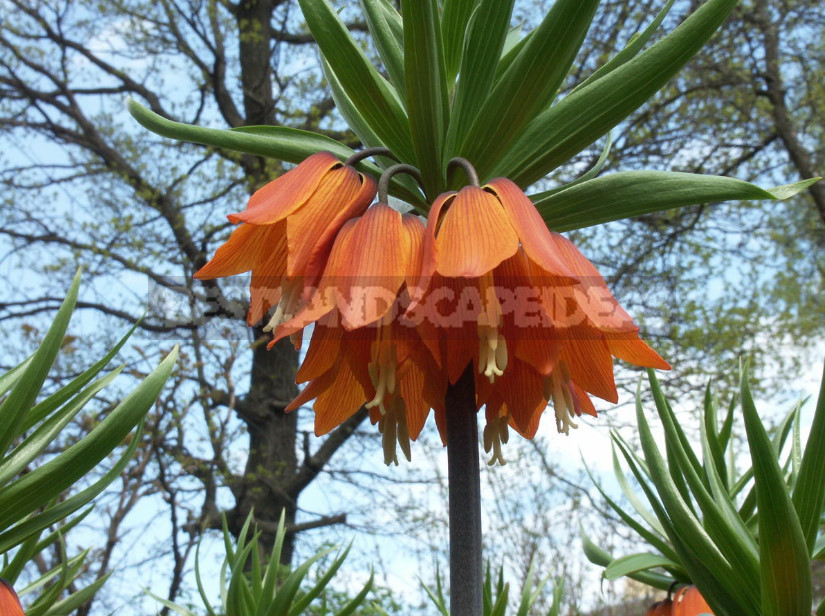
Buy bulbs Fritillaria is not easy, but you can. Bulbs of several of the most common types can be bought in stores, some more — from Amateurs at fairs, in specialized farms, and the most difficult way – to find and buy on the Internet. The best time for shopping is the second half of summer and September. Seeds on sale in stores does not happen.
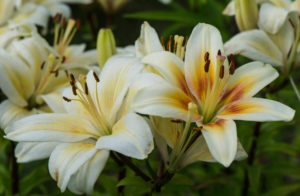
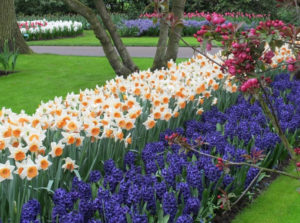
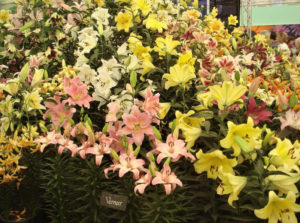
Leave a Reply